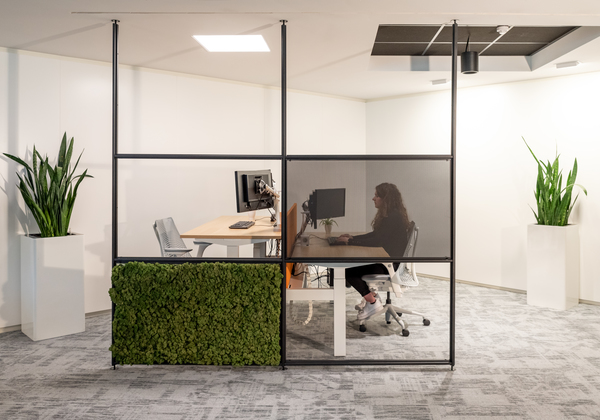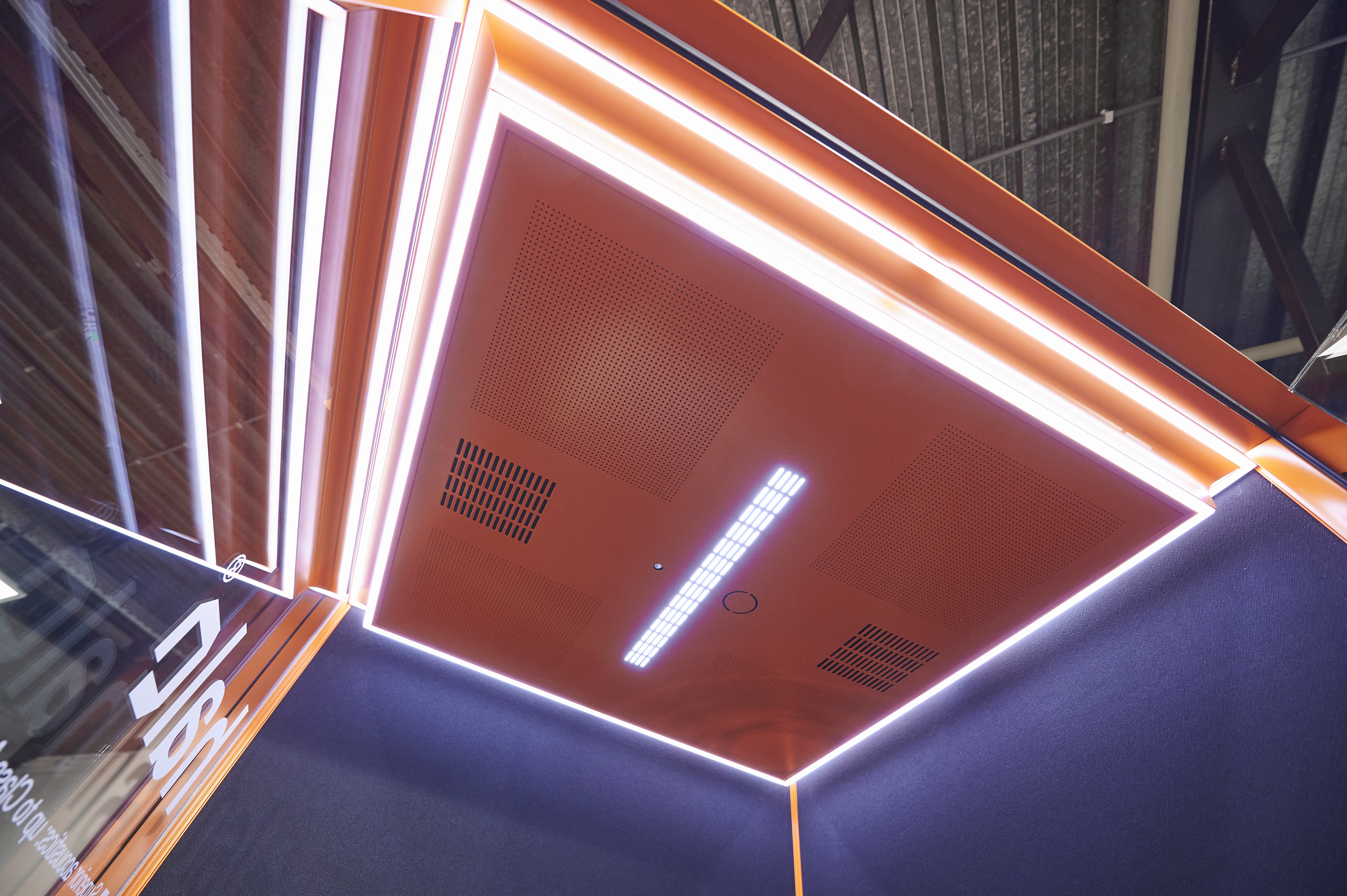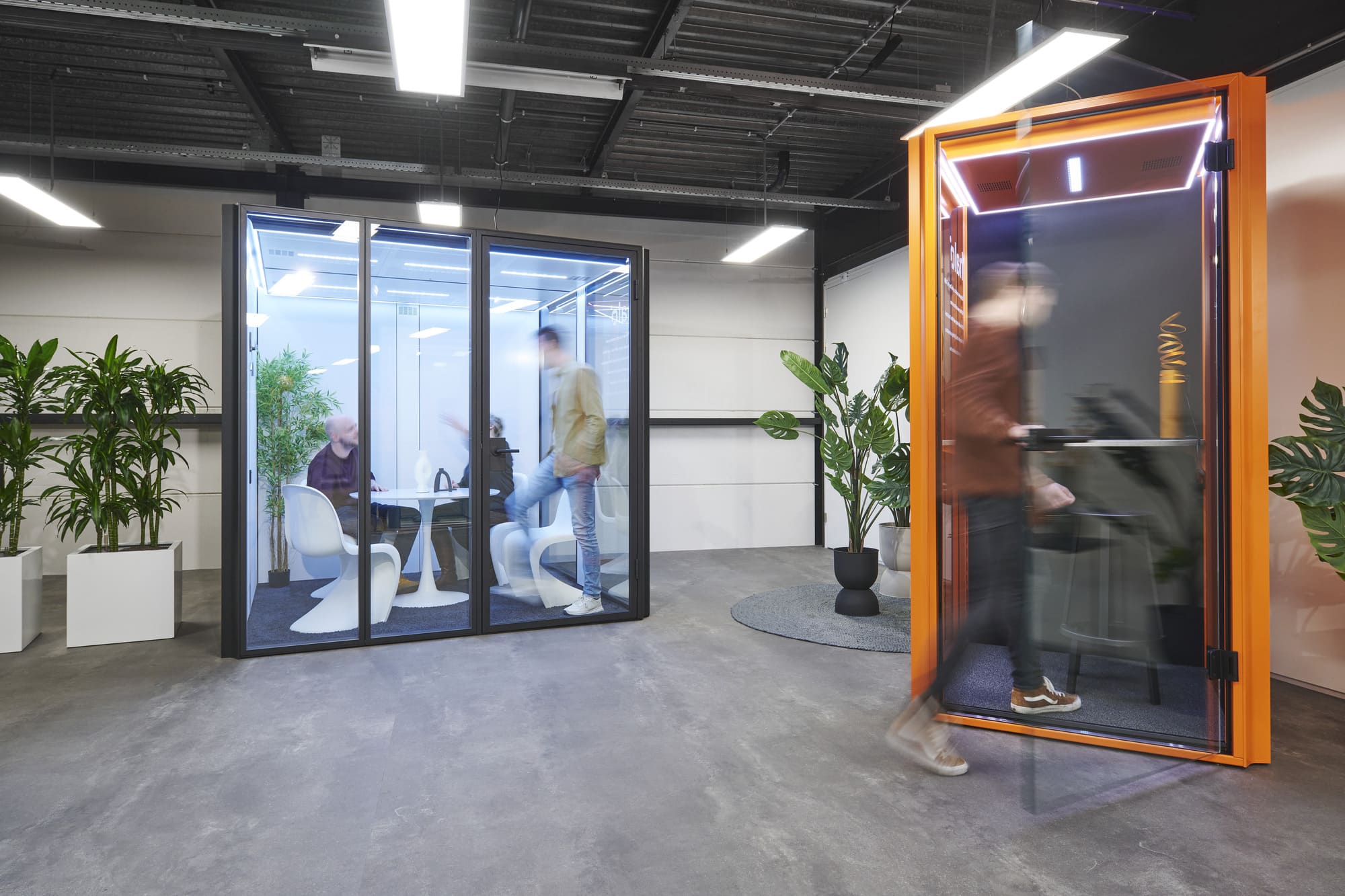In an era where sustainability is increasingly important, circular office designs provide the key to an environmentally friendly and future-proof workplace. But what is a circular workplace and what does such a workplace look like? Maars explores the essential components of a circular workplace, from the principles of design to the materials used and how they contribute to a healthier working environment.
What is a circular workplace?
A circular workplace is designed with sustainability in mind, using materials, products and resources to extend their life cycle, minimise waste, and promote reuse and recycling. In this environment, the emphasis is on reducing the ecological footprint with smart and reusable design solutions. By applying circular principles, such as modular design and sustainable materials, a circular workplace creates a dynamic, flexible and innovative space that is ready for the challenges of the future.
The principles of circular office design
The principles of modularity, flexibility and life extension are key in circular office design, as they are designed to minimise the environmental impact of a workplace. Adaptability to changing needs without the need for new material is essential in this context. A circular workplace is sustainable, cost-efficient and adaptable to the organisation’s future requirements.
Modular workplaces
The flexibility of modular workplaces plays a crucial part in the circular economy. Modular systems, such as moveable partition walls and office pods, mean spaces can be easily adapted, extended or rearranged without the need for new materials. The office design needs to be sustainable and provide a dynamic and adaptable working environment.

Materials and furniture
A circular workplace has sustainable materials and furniture. This means using recycled materials, renewable resources, and products designed for easy disassembly and recycling. There are lots of options available, including innovations like bio-based and recycled materials, allowing organisations to make a statement about their commitment to sustainability.

Ventilation and air quality
Good ventilation and air quality are paramount in a healthy workplace. Circular construction prioritises systems that are both energy-efficient and improve air quality. This creates a healthier working environment, which, in turn, promotes employee well-being and productivity and makes your workplace more future-proof.

A circular workplace is an investment in the future
When you create a circular workplace, you are not just making an eco-friendly choice. You are also investing in the future of your company and our planet. A circular workplace is one that permanently meets a long list of needs, including soundproofing, fire resistance and visual appeal as well as keeping up with the latest technology.
Need help creating a circular workplace?
Want to know how to apply circular principles in your workplace? We are happy to help. Contact our specialists for custom advice and find out how your office can become an example of sustainability and innovation.
Contact us +31(0)341 465 211




